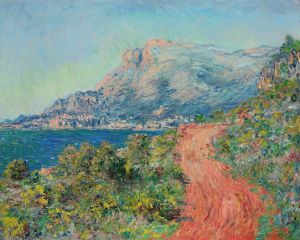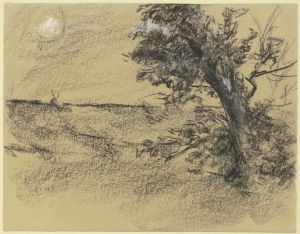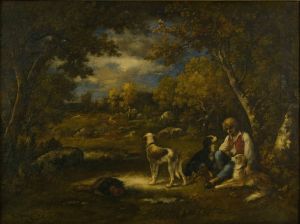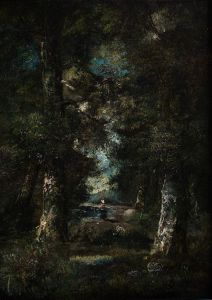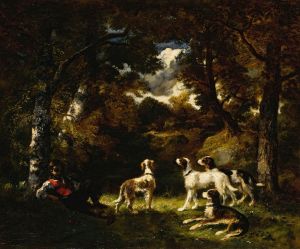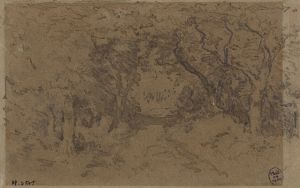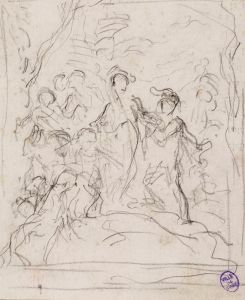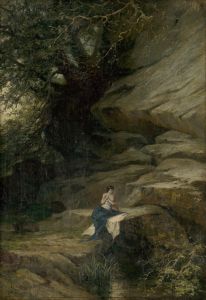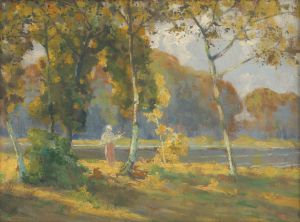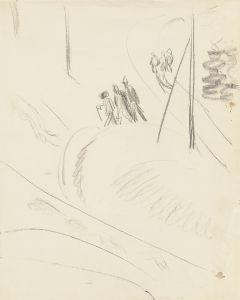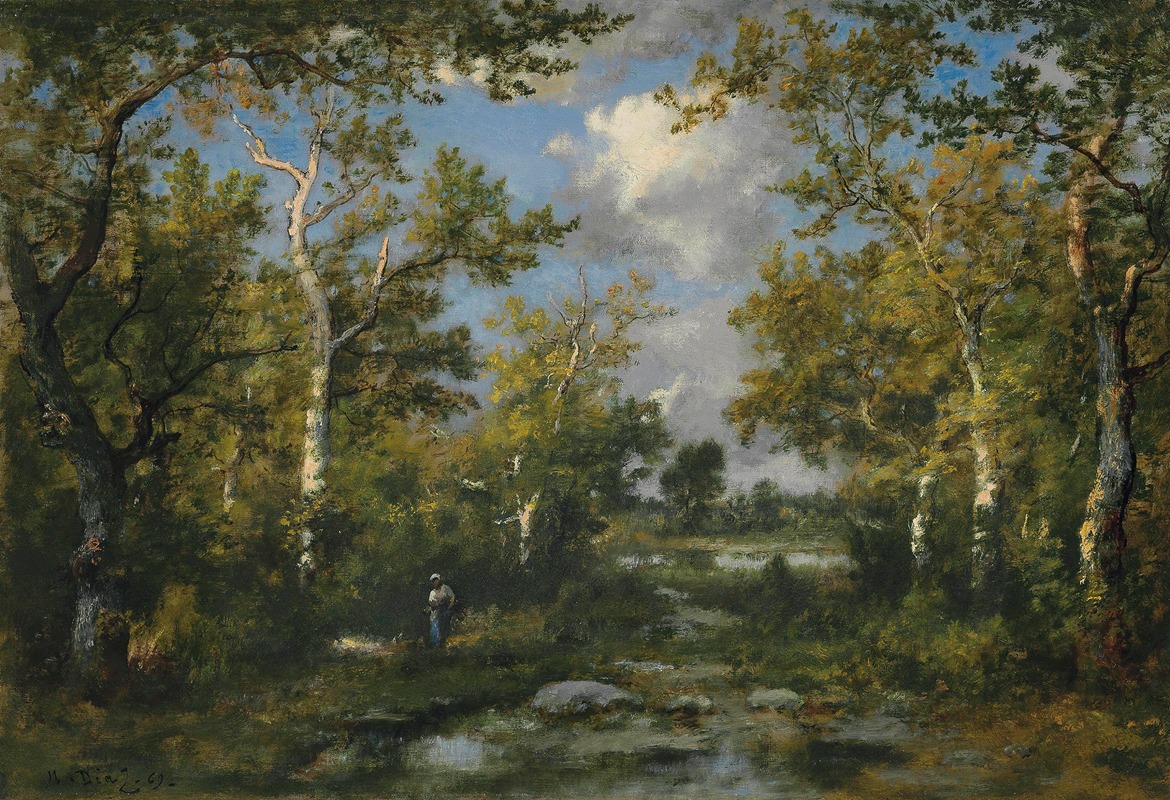
Clairière Dans La Forêt De Fontainbleau
A hand-painted replica of Narcisse-Virgile Diaz de La Peña’s masterpiece Clairière Dans La Forêt De Fontainbleau, meticulously crafted by professional artists to capture the true essence of the original. Each piece is created with museum-quality canvas and rare mineral pigments, carefully painted by experienced artists with delicate brushstrokes and rich, layered colors to perfectly recreate the texture of the original artwork. Unlike machine-printed reproductions, this hand-painted version brings the painting to life, infused with the artist’s emotions and skill in every stroke. Whether for personal collection or home decoration, it instantly elevates the artistic atmosphere of any space.
Narcisse-Virgile Diaz de la Peña's painting Clairière dans la Forêt de Fontainebleau (Clearing in the Forest of Fontainebleau) is a notable work by the French artist, who was a prominent figure of the Barbizon School. This artistic movement, which emerged in the mid-19th century, was centered around the village of Barbizon near the Forest of Fontainebleau in France. The Barbizon painters were known for their focus on natural landscapes and their departure from the formal, idealized depictions of nature that characterized earlier academic art.
The painting depicts a serene clearing within the dense and expansive Forest of Fontainebleau, a location that served as a significant source of inspiration for Diaz de la Peña and other Barbizon artists, including Jean-Baptiste-Camille Corot, Théodore Rousseau, and Jean-François Millet. The forest, with its diverse vegetation, dramatic light effects, and rugged terrain, provided a rich setting for artists to explore the interplay of light, shadow, and texture in their work.
Diaz de la Peña was particularly admired for his ability to capture the atmospheric qualities of the forest. In Clairière dans la Forêt de Fontainebleau, he employs a warm and luminous palette to convey the dappled sunlight filtering through the trees. His brushwork is fluid and expressive, emphasizing the natural beauty and tranquility of the scene. The painting reflects his mastery in rendering the subtleties of light and his sensitivity to the mood of the landscape.
Born in Bordeaux in 1807, Diaz de la Peña initially trained as a porcelain painter before transitioning to oil painting. Despite facing personal hardships, including the loss of a leg at a young age, he became a successful and respected artist. His works often featured romanticized landscapes, forest interiors, and occasionally mythological or exotic themes. While he was influenced by earlier Romantic painters, his focus on direct observation of nature aligned him closely with the goals of the Barbizon School.
Clairière dans la Forêt de Fontainebleau exemplifies Diaz de la Peña's contribution to the development of landscape painting in the 19th century. By emphasizing the natural beauty of the French countryside and portraying it with immediacy and emotion, he helped pave the way for later movements such as Impressionism. Today, this painting is appreciated for its technical skill and its role in the broader context of 19th-century French art.





